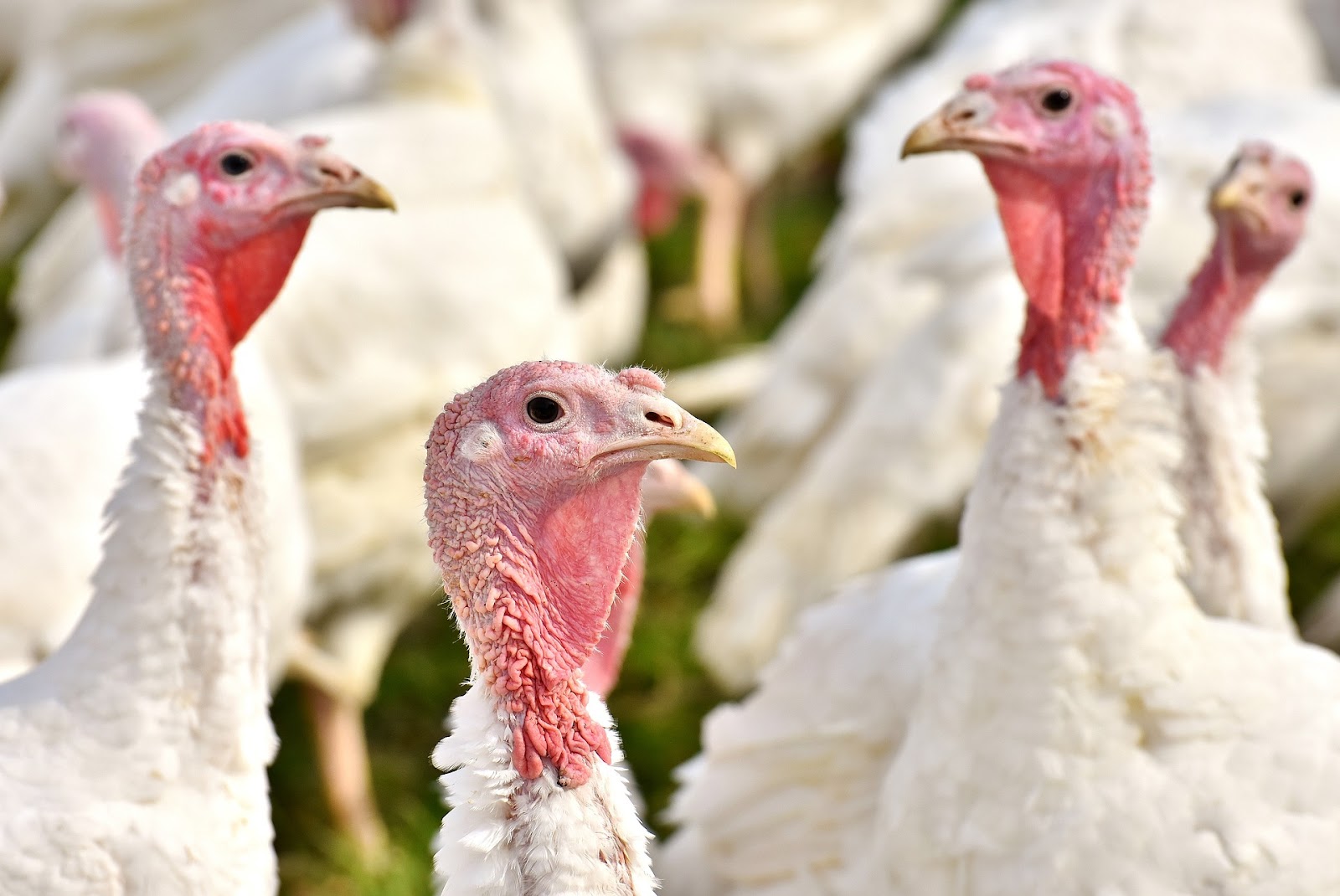Research Roundup: Understanding viral dynamics to improve turkey health
November 7, 2022

As the top turkey producer in the country—home to 600 turkey farms around the state— Minnesota has a big stake in keeping its flocks healthy. And a recent study by CVM researchers examining a common virus among turkeys builds knowledge that will help producers improve the welfare of flocks and reduce their economic risk due to disease outbreaks.
Turkey arthritis reovirus (TARV) can affect 15–70% of a flock, causing lameness—an inability or resistance to walk—characterized by enlarged joints, ruptured tendons, and lesions. Vaccines for TARV are used broadly in the industry to vaccinate breeding turkeys, which gives their young immunity until 2–3 weeks of age. But the persistence of the virus suggests that this strategy isn’t entirely effective, especially against newer strains of the virus. And because relatively little is known about how the virus is transmitted, it’s difficult to determine how to improve current protocols to safeguard turkey health.
In order to fill that gap, the research team, led by Rob Porter,DMV, PhD, wanted to understand the age at which turkeys are susceptible to TARV, and if infected turkeys can transmit the disease to their pen mates. They looked at five groups of turkeys that had been exposed to the virus at different ages (2, 7, 14, 21, and 28 days), along with uninfected birds of the same ages that lived in the same pens. And while those in the first two weeks of life were the most susceptible to TARV, turkeys at all ages—including the originally uninfected pen mates—were ultimately infected.
The researchers say that additional studies are needed to determine the age at which turkeys finally develop natural resistance to infection. But their findings suggest that the current vaccination strategy, which relies on passive immunity received from an inoculated mother, is not enough. Instead, it may be necessary to expand vaccination for turkeys up to 28 days old in order to ensure the health of flocks—and the bottom line of turkey producers.
Find the full article in Microbial Pathogenesis.


